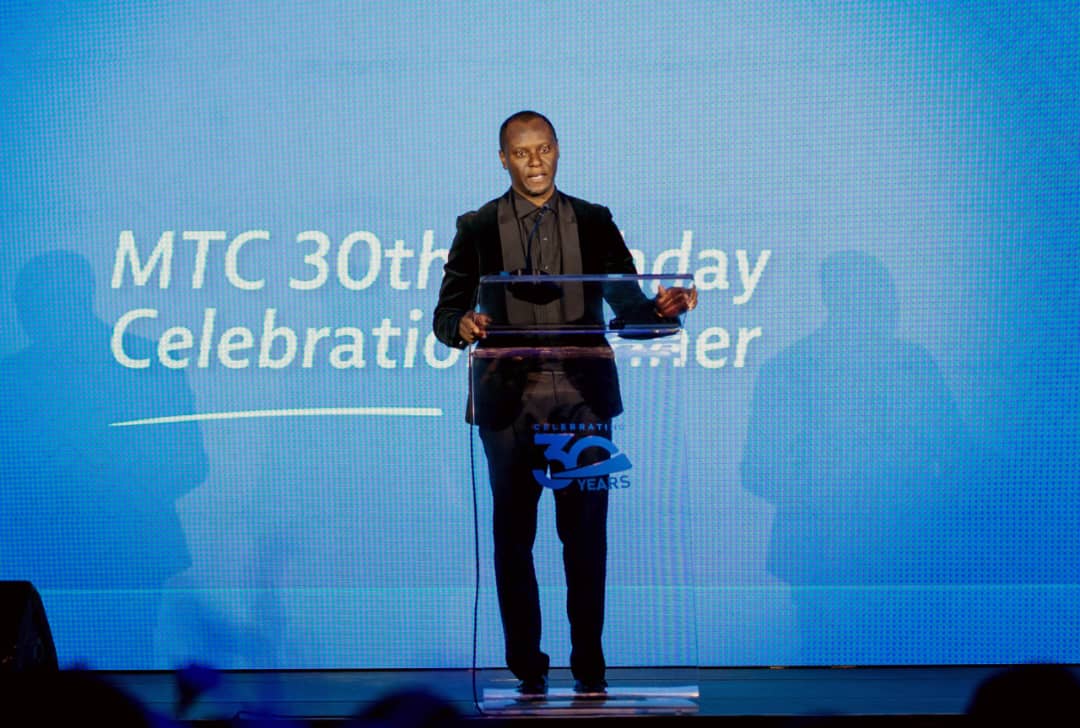INTERNATIONAL Rivers Network (IRN) has warned that the proposed multi-million dollar hydroelectric power scheme at Epupa will become a white elephant.
The head of IRN’s Africa Programme, Lori Pottinger, has expressed concern about the cost of the project and its social and environmental impact. “The Namibian people deserve to know if there are better alternatives for energy supply before it [Epupa] is taken up again,” Pottinger told The Namibian.Recent media reports quoted Foreign Affairs Minister Hidipo Hamutenya as saying that the possibility of accelerating construction of the Epupa power scheme was discussed at a meeting between Namibia and Angola.Hamutenya was quoted as saying the process of establishing a power scheme at Epupa would move more quickly this year despite sluggishness on pressing forward with the project.Renewed talk on pressing ahead with Epupa has surfaced at the same time as a report released by the World Commission on Dams which points to shortfalls in the way most feasibility studies for large dams are conducted.The report said the bulk of the costs was often “disproportionately borne by poor people, indigenous peoples and other vulnerable groups”.”Given the large capital investment in large dams, the Commission was disturbed to find that substantive evaluations of completed projects are few in number, narrow in scope, poorly integrated across impact categories and scales, and inadequately linked to decisions on operations”.Pottinger said undertaking a comprehensive options assessment, as recommended by the World Commission on Dams, would be a better next step than reviving what she called a “white elephant project”.Further, large dams demonstrated a marked tendency towards schedule delays and significant cost overruns, had been less profitable than expected in economic terms and tended to perform closer to, but still below, targets for power generation.They also generally had a range of extensive impacts on rivers – these impacts were more negative than positive and, in many cases, had led to an irreversible loss of species and ecosystems.”Perhaps of most significance is the fact that social groups bearing the social and environmental costs and risks of large dams, especially the poor, vulnerable and future generations, are often not the same groups that receive the water and electricity services, nor the social and economic benefits from these,” the report said.Initial studies found that a dam at the Epupa site would eliminate the Epupa Falls and cover an area ranging from 380 square kilometres when the reservoir is full to 161 square kilometres at low water level.A total of 380 square kilometres in grazing land would be lost, 1 000 local inhabitants would be displaced, and – most controversially of all – 160 Himba graves and 95 cultural sites would be inundated.”The Namibian people deserve to know if there are better alternatives for energy supply before it [Epupa] is taken up again,” Pottinger told The Namibian. Recent media reports quoted Foreign Affairs Minister Hidipo Hamutenya as saying that the possibility of accelerating construction of the Epupa power scheme was discussed at a meeting between Namibia and Angola. Hamutenya was quoted as saying the process of establishing a power scheme at Epupa would move more quickly this year despite sluggishness on pressing forward with the project. Renewed talk on pressing ahead with Epupa has surfaced at the same time as a report released by the World Commission on Dams which points to shortfalls in the way most feasibility studies for large dams are conducted. The report said the bulk of the costs was often “disproportionately borne by poor people, indigenous peoples and other vulnerable groups”. “Given the large capital investment in large dams, the Commission was disturbed to find that substantive evaluations of completed projects are few in number, narrow in scope, poorly integrated across impact categories and scales, and inadequately linked to decisions on operations”. Pottinger said undertaking a comprehensive options assessment, as recommended by the World Commission on Dams, would be a better next step than reviving what she called a “white elephant project”. Further, large dams demonstrated a marked tendency towards schedule delays and significant cost overruns, had been less profitable than expected in economic terms and tended to perform closer to, but still below, targets for power generation. They also generally had a range of extensive impacts on rivers – these impacts were more negative than positive and, in many cases, had led to an irreversible loss of species and ecosystems. “Perhaps of most significance is the fact that social groups bearing the social and environmental costs and risks of large dams, especially the poor, vulnerable and future generations, are often not the same groups that receive the water and electricity services, nor the social and economic benefits from these,” the report said. Initial studies found that a dam at the Epupa site would eliminate the Epupa Falls and cover an area ranging from 380 square kilometres when the reservoir is full to 161 square kilometres at low water level. A total of 380 square kilometres in grazing land would be lost, 1 000 local inhabitants would be displaced, and – most controversially of all – 160 Himba graves and 95 cultural sites would be inundated.
Stay informed with The Namibian – your source for credible journalism. Get in-depth reporting and opinions for
only N$85 a month. Invest in journalism, invest in democracy –
Subscribe Now!










